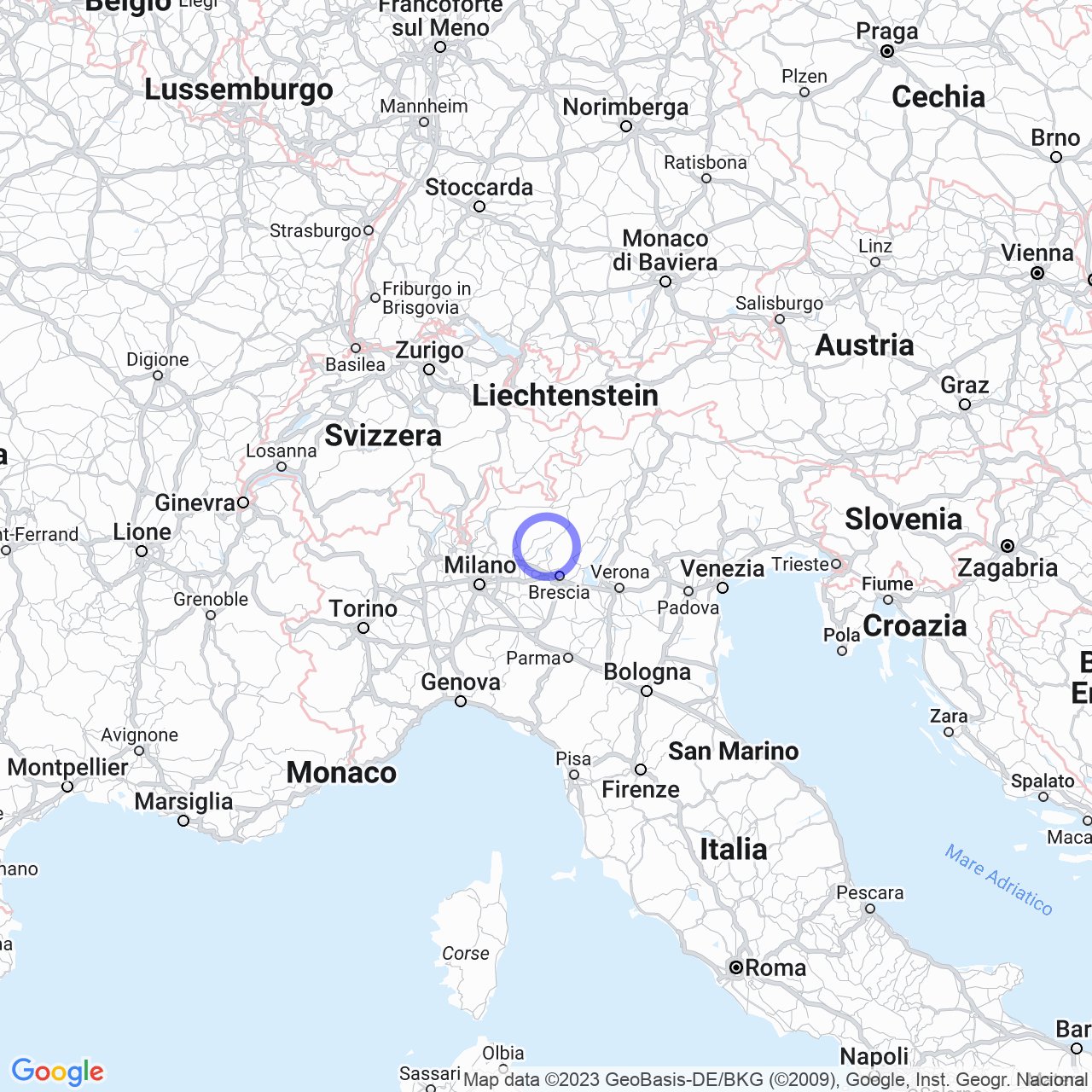Pianico
Welcome to Pianico
Hello everyone, welcome to Pianico! This small Italian town of about 1400 inhabitants is located in the province of Bergamo, in Lombardy, and is situated at the end of the Val Borlezza, about 40 kilometers northeast of the center of Bergamo.
The territory
The territory of Pianico is very interesting from a geological point of view, thanks to the presence of numerous fossils, archaeological finds and minerals, including lignite and clay. This geological richness is due to the existence, in prehistoric times, of a lake basin, which also extended to the Sellere area, in the municipality of Sovere.

History
The origins of Pianico date back to the Roman era, as evidenced by the findings of materials dating back to that period. The Romans used this area to control the Borlezza valley and trade towards the Val Camonica.
After the fall of the Roman Empire, the area was raided by various "barbarian" tribes, including the Alans and the Hungarians, who plundered the territory and infested the population with plague and earthquakes.
Subsequently, the territory came under the control of the Lombard Kingdom and the Holy Roman Empire, before being ceded to the bishop of Bergamo as recognition of his favors in peace treaties.
The medieval period saw Pianico involved in the struggles between Guelfs and Ghibellines, culminating in the annexation of the territory to the Republic of Venice. Pianico then followed the fortunes of the province of Bergamo.
Symbols
The coat of arms and banner of Pianico were granted by decree of the President of the Republic in 1983. The coat of arms depicts a castle, symbol of the fortress formerly owned by the Codeferri family of Solto Collina, which dominates the end of the Valle Cavallina and the beginning of the Valle Camonica. The hills represent the Quaia hill, while the gear represents the industrial and artisanal activities that replaced agriculture.
Monuments and places of interest
The historic center of Pianico is a beautiful medieval oasis built on a small hill overlooking the surrounding area. Here stood the ancient parish church dedicated to San Zenone and Santa Maria Ausiliatrice, demolished in the twentieth century to make way for the new church built in 1925.
Pianico is also famous for its rich popular tradition, such as the famous Carnival called "delle Masche", where women dress up and dance in the main square.
Conclusions
In conclusion, Pianico is a small Italian town with great historical and geological value. Its medieval historic center and the traditional Carnival festival are just some of the reasons why it is worth visiting this enchanting place. If you are in the area, do not miss the opportunity to visit Pianico!
